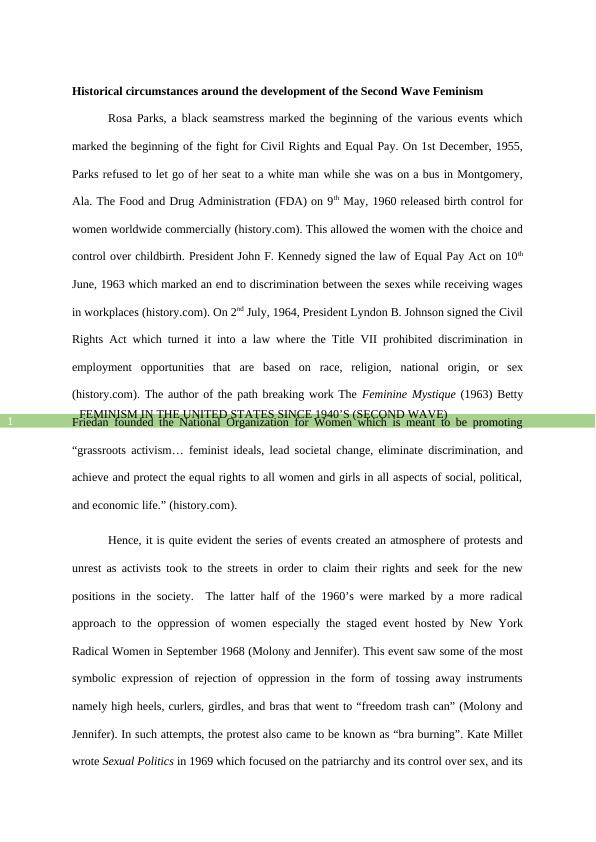International Journal of Public Opinion Research
Added on 2022-09-17
4 Pages853 Words61 Views
End of preview
Want to access all the pages? Upload your documents or become a member.
Radical feminism is unapologetic and militant in its view1
|4
|736
|17
Second Wave of Feminism: Radical Approach
|4
|685
|63
SOCIOL 1Z03 - An Introduction to Sociology
|11
|2788
|259
Discrimination In Perspectives Of Gender
|6
|1399
|20
Feminist Theories and Practice | Gender Studies
|11
|3577
|15


